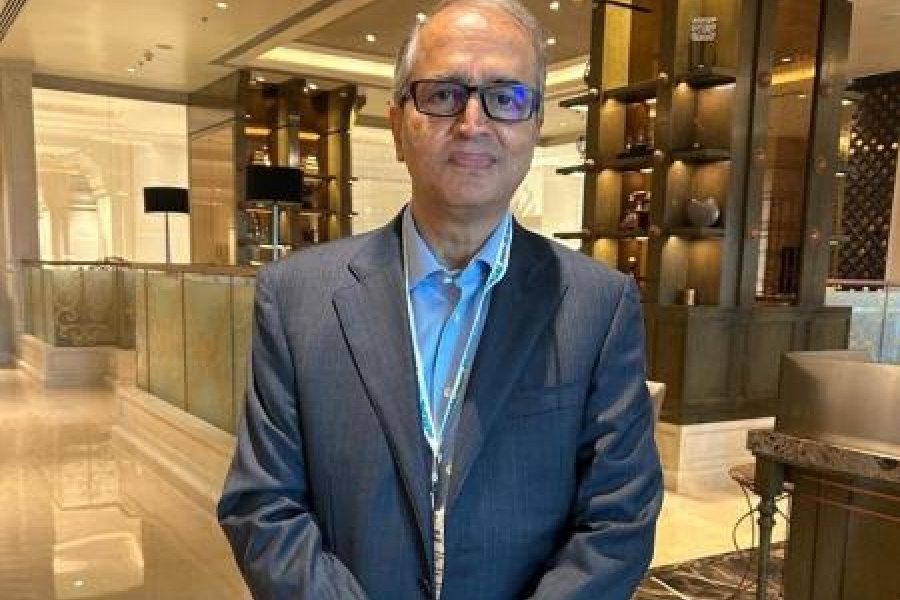Bengal needs more big private hospitals to ensure optimum use of infrastructure, which will in turn bring down treatment costs in the private healthcare sector.
At the same time, patients from the state going to other cities for treatment should get themselves treated here to make expansions viable, the heads of two healthcare chains said on Wednesday.
Devi Shetty, chairman of Narayana Health, and Dilip Jose, managing director and CEO, Manipal Health Enterprises, who were present at the Bengal Global Business Summit, felt the larger presence of big hospital chains in Bengal would result in the cost of treatment coming down.
“The cost of treatment has to go down. With the current number of procedures in India, the cost cannot go down. To reduce the cost, each hospital needs to double or triple their productivity,” Shetty told The Telegraph on Wednesday.
“We need to relook at the way hospitals attract patients and how smartly they churn that many patients, ensuring that everyone is taken care of,” he said.
According to the Lancet Commission on Global Surgery, India requires 60 million surgeries of all types annually, but only 25 million surgeries are being done.
“We have to do two times more than what we are currently doing and that cannot be done with the existing number of hospitals,” Shetty said.
“To increase the number, they need space. If one hospital can double the size, the cost will go down.”
One CT scan machine, he said, can do 250 scans in a day, but a hospital will not get more than 10 to 20 patients a day because the OPD footfall is not high.
“The advantage of Bengal is that there is scope of scaling up because of the population and fortunately, the government has started many medical and nursing colleges. We have all the infrastructure here to scale up. We’ve got very good doctors and nurses and that helps in scaling up,” said Shetty.
“We believe that large hospitals will be able to reduce the cost. The whole idea is to make healthcare affordable to the common man. A 100-bed hospital cannot reduce the price,” he said.
However, when a 1,000- or a 2,000-bed hospital comes up, the entire cost structure will change because of the optimum use of infrastructure.
“One can use the CT scan machine 250 times, instead of 20 times. The maintenance cost for five years will be the same,” he explained.
Also, he pointed out, the cost will come down if a hospital goes paperless — functioning with a reception but without a receptionist. Patients can book slots and make payments online.
The test results will be sent on phone and doctors will have the reports of the patient beforehand.
The presence of big healthcare groups from south India, such as Narayana, Manipal and Apollo, could augur well for patients. “Whenever there is competition, cost goes down. The government need not force it,” Shetty said.
Jose, of Manipal Hospitals, told this newspaper that if patients from Bengal prefer to get treated here, instead of going to other states, bigger hospitals here will invest more to augment facilities.
The cost of treatment, he said, can come down in two ways.
“The east, and Bengal in particular, is the only place from where people travel out for healthcare. In Bangalore, our hospital sees a very large number of patients from Bengal. Some 15 to 18 per cent of our OPD consultations are from the east and Bengal in particular. This is something that should not happen,” Jose said.
“There is no reason to go south because the east has got the same calibre of doctors and the latest technology is available here. Maybe it is a cultural factor. Therefore, if the brand is there in the region, maybe some of the patients would not travel and stay back,” he said.
“That is beneficial for the region because the cost of treatment will come down as intra-nation migration will come down,” said Jose.
When patients stay back in the region, the utilisation of assets would also go up. “That will create opportunity for investments,” he said.
